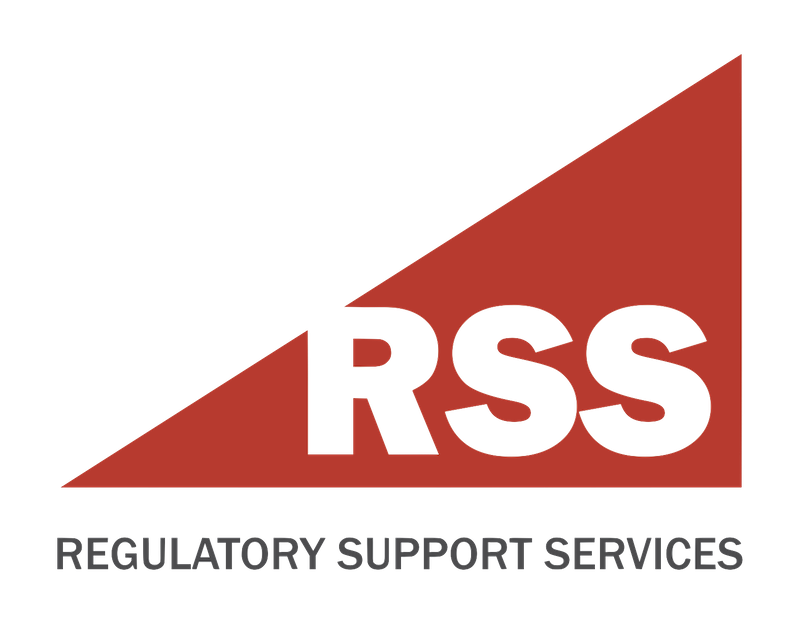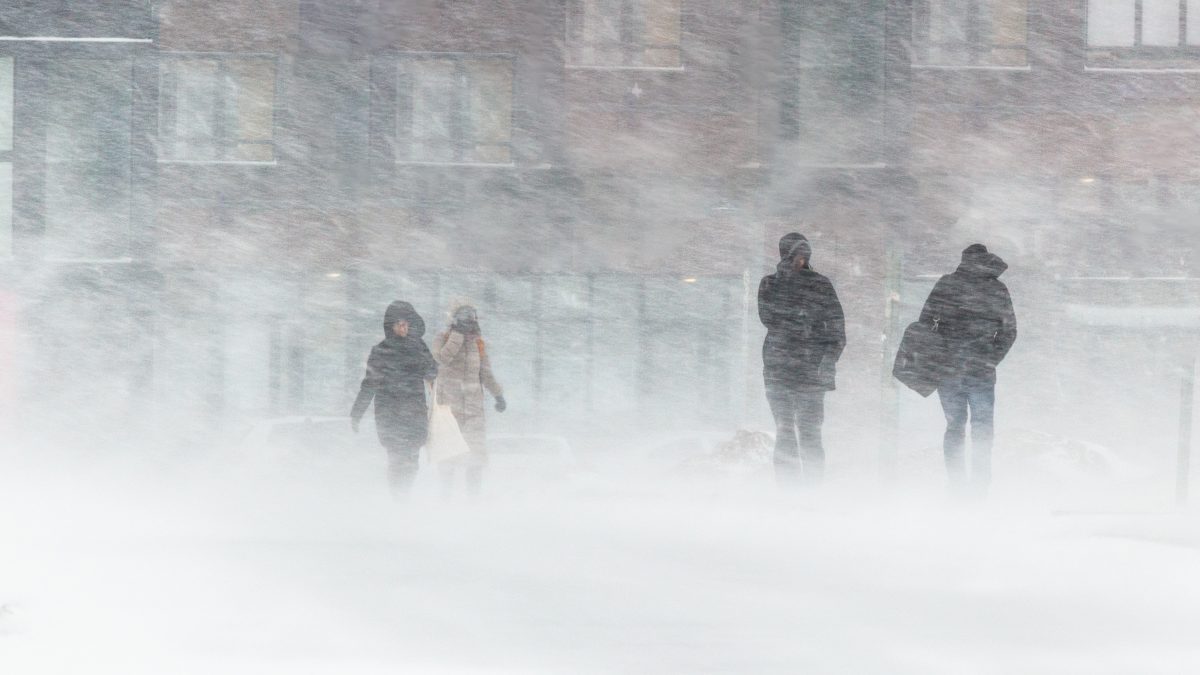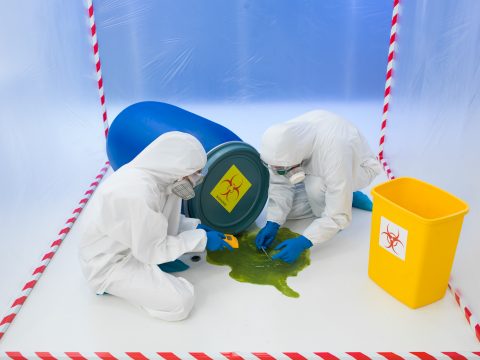- Have any questions?
- 804-784-7347
- mail@regulatorysupportservices.com
WINTER STORMS AHEAD!

THE ONE DAY RSS CHALLENGE!
December 3, 2021
OSHA Enforcement of Vaccine Mandate ETS to Proceed
December 26, 2021Winter Storm Atticus has spread heavy snow into the Plains and Upper Midwest and produced damaging winds in parts of the Great Lakes. Atticus is the first named winter storm of the season. Winter season extends from December 2021 through February 2022. An atmospheric river event is expected to impact parts of central and southern California over the next 2 days with heavy rain, flash flooding and possible debris flows near recent and vulnerable burn scars. Meanwhile, the same system will inundate the Western terrain with heavy snowfall. This entire storm will become a major wind event across the Plains into the Mississippi Valley on Wednesday December 15, 2021.
“BUT WAIT!” you may think, “Aren’t I on the Regulatory Support Services company page?” “Why are they talking about snowstorms?” Our response is – to keep your employees safe and your business protected from the cost of safety violations. Because that is what we do. Read on.
We want to remind you to be prepared for the effects of winter. Winter is here and the potential hazards associated with winter are upon us. According to The National Oceanic and Atmospheric Administration snow forecasts are generally not predictable more than a week in advance. So, it is not too early to prepare your business for winter weather events – even if you currently see blue skies and not a snowflake in sight.
Although the Occupational Safety and Health Administration (OSHA) does not have specific standards which cover working in cold temperatures, employers have a responsibility to provide employees with a working environment which is free from recognized hazards, including winter weather related hazards, which are likely to cause death or serious physical harm to them (Section 5(a)(1) of the Occupational Safety and Health Act of 1970). Here are 8 ways you can prepare your employees for the winter weather ahead:
- Train Employees to Recognize Cold Stress
What is cold stress?
Cold stress refers to environmental conditions (e.g., air temperature/humidity, windchill temperature, rain, and inadequate clothing for protection) in which body heat is lost to the environment at a rate that is faster than the body can produce heat. When the body is unable to warm itself, serious cold-related illnesses and injuries may occur, and permanent tissue damage or even death may result. Examples of cold stress include trench foot, frostbite, and hypothermia
Cold stress and its effects can vary across different areas of the country. In regions that are not used to winter weather, near freezing temperatures are considered factors for “cold stress.” Increased wind speed also causes heat to leave the body more rapidly (wind chill effect). Wetness or dampness, even from body sweat, also facilitates heat loss from the body. OSHA provides a guide – Cold Stress Safety and Health Guide – which expands upon these topics and can assist in the recognition of cold stress and actions that can be taken to address it.
- Train Employees to Respond
Use the resources made available to you to train your employees to respond effectively to the onset of cold stress including topics outlined below:
- How to recognize the symptoms of cold stress, prevent cold stress injuries and illnesses
- The importance of self-monitoring and monitoring coworkers for symptoms
- First aid and how to call for additional medical assistance in an emergency
- How to select proper clothing for cold, wet, and windy conditions
- How to navigate winter weather related hazards such as slippery roads and surfaces, windy conditions, and downed power lines
- Provide Engineering Controls
Engineering controls can be effective in reducing the risk of cold stress. For example, radiant heaters may be used to warm workplaces like outdoor security stations. If possible, employers should shield work areas from drafts or wind to reduce wind chill.
- Implement Safe Work Practices
Safe work practices which can be implemented by employers to protect employees from injuries, illnesses and fatalities include:
- Providing employees with the proper tools and equipment to do their jobs
- Developing work plans that identify potential hazards and the safety measures that will be used to protect employees
- Scheduling maintenance and repair jobs for warmer months
- Scheduling jobs that expose employees to the cold weather in the warmer part of the day
- Avoiding exposure to extremely cold temperatures when possible
- Limiting the amount of time spent outdoors on extremely cold days
- Using relief employees to assign extra employees for long, demanding jobs
- Providing warm areas for use during break periods
- Providing warm liquids to employees
- Monitoring employees who are at risk of cold stress
- Monitoring the weather conditions during a winter storm, having a reliable means of communicating with employees and being able to stop work or evacuate when necessary
- Having a means of communicating with employees, especially in remote areas
- Knowing how the community warns the public about severe weather: outdoor sirens, radio, and television
- The National Oceanic and Atmospheric Administration (NOAA) provides multiple ways to stay informed about winter storms. If you are notified of a winter storm watch, advisory or warning, follow instructions from your local authorities: NOAA Weather Radio
- Train Employees with High Weather Exposure Responsibilities to Dress Properly for the Cold
Dressing properly is extremely important to preventing cold stress. An employee should wear:
- At least three layers of loose-fitting clothing
- An inner layer of wool, silk or synthetic (polypropylene) to keep moisture away from the body
- A middle layer of wool or synthetic to provide insulation even when wet
- An outer wind and rain protection layer that allows some ventilation to prevent overheating
- A Knit mask to cover face and mouth as is appropriate for the situation
- A Hat that will cover both ears and will help reduce the loss of body heat
- Insulated gloves to protect the hands
- Insulated and waterproof boots to protect the feet
- Consider Providing Protective Clothing that Provides Warmth
Employers must provide personal protective equipment (PPE), for example, fall protection, when required by OSHA standards to protect employees’ safety, and health. However, in limited cases specified in the standard, there are exceptions to the requirement for employers to provide PPE to employees. For instance, there is no OSHA requirement for employers to provide employees with ordinary clothing, skin creams, or other items, used solely for protection from weather, such as winter coats, jackets, gloves, parkas, rubber boots, hats, raincoats, ordinary sunglasses, and sunscreen. However, depending on the employee’s assigned responsibilities, many employers provide their employees with winter weather gear such as winter coats/jackets and gloves. Learn more about PPE requirements and how to design an effective PPE program: Personal Protective Equipment.
- Prevent Slips on Snow and Ice
This may seem obvious, but it must be mentioned. To prevent slips, trips, and falls, employers should clear walking surfaces of snow and ice, and spread deicer, as quickly as possible after a winter storm. In addition, the following precautions will help reduce the likelihood of injuries:
- Wear proper footwear when walking on snow or ice is unavoidable because it is especially treacherous
- Wear a pair of insulated and water-resistant boots with good rubber treads should be worn for walking during or after a winter storm
- Take short steps and walk at a slower pace to optimize reaction time when it is necessary to quickly respond to a change in traction while walking on an icy or snow-covered walkway
- Plan Ahead for Safe Snow Removal
- Provide required fall protection and training when employees are working on the roof, in trenches, or on elevated heights
- Ensure ladders are used safely
- Use extreme caution when working near power lines
- Prevent harmful exposure to cold temperatures and physical exertion
OSHA has prepared a guide to safe snow removal. You can find it here: Snow Removal: Know the Hazards (osha.gov)
Regulatory Support Services encourages you, at this time, to review your winter weather plans, assure your employees are properly trained, and determine whether the supplies and equipment needed to protect against winter hazards are available to you and your employees. Contact us if you need assistance in reviewing your winter hazards plan or would like additional information to assist you in enhancing your plan for protection. Stay warm. Stay safe.




